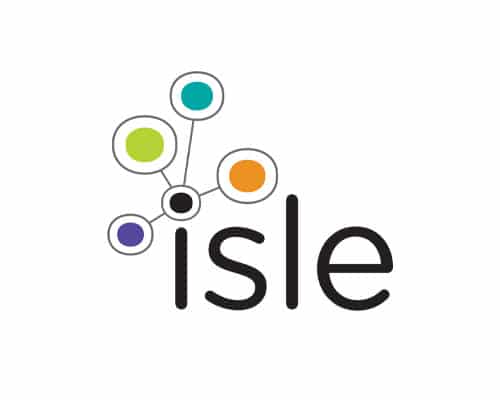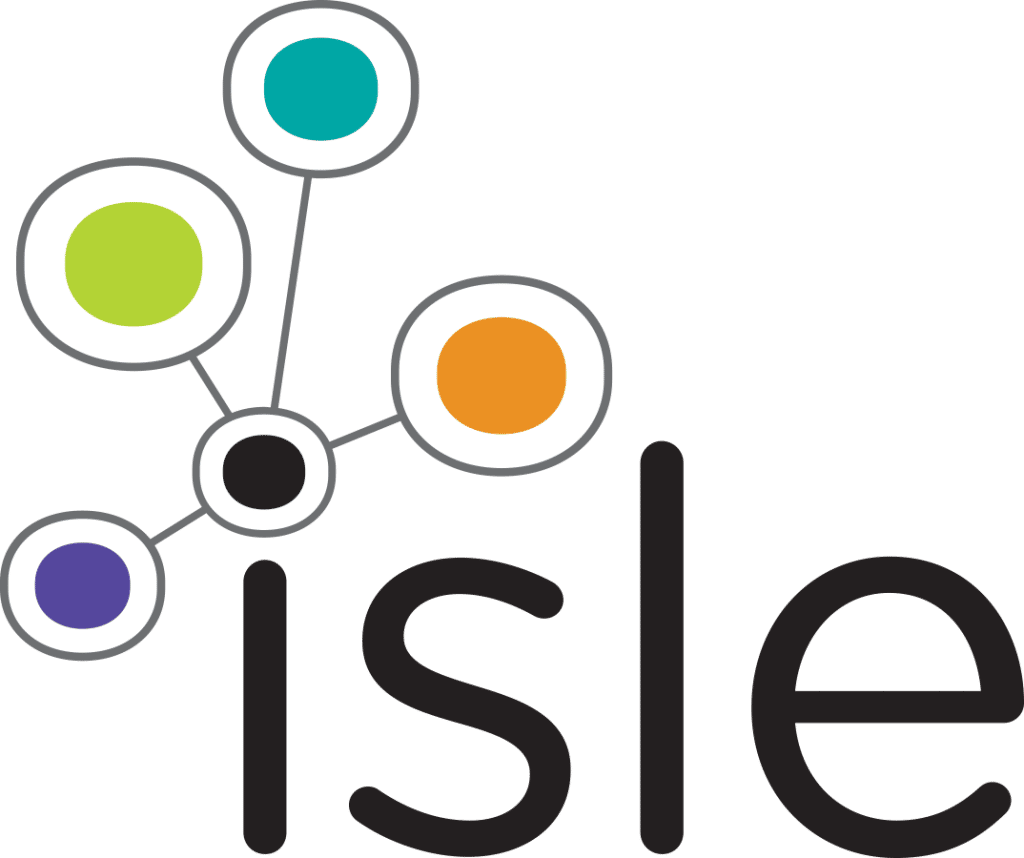“The main aim of the Sydney Water Innovation Festival held in October last year”, said Dr Alex Cech, Chief Technology Officer at Isle Utilities, the Delivery Partner of the festival, “was to create tangible outcomes to the challenges of the private and public sectors in the water sector.
Sydney Water Innovation Festival – the Outcomes Part 1
“The main aim of the Sydney Water Innovation Festival held in October last year”, said Dr Alex Cech, Chief Technology Officer at Isle Utilities, the Delivery Partner of the festival, was to create tangible outcomes to the challenges of the private and public sectors in the water sector.
“This article is the first in the series of seven, which looks at the take-aways developed at the festival which are being planned and implemented in the next 12-18 months.
“The Innovation Festival focused around seven themes: Circular Economy, Liveability, Water Security, Smart Cities, Customer Experience, Safety and Amplifying the Voices of Aboriginal Peoples, which is the focus of the first of the features on outcomes of the festival.
Amplifying the Voices of Aboriginal Peoples

This artwork was created by Dennis Golding for Sydney Water’s Reconciliation Action Plan and shows how water links the seawater and rivers inland and depicts images of native plants, marine life and people that connect history between land, water and sea. The symbols reference gatherings, places and communities coming together.
“One of the highlights of the festival was acknowledging the role of Aboriginal and Torres Strait Islander peoples as the first engineers in this country”, said Veronica Murphy, First Nation’s Inclusion Specialist at Sydney Water.
“The blending of Aboriginal traditional knowledge with western science to find innovative ways to better manage our waterways and protect the environment can only be of benefit.
“There is much we can learn from the traditional custodians of our lands and waterways on how we can better manage the land and how to protect the environment for generations to come.”
Design Sprint
Brought to you by:
Nada Abubakr from Isle Utilities, the Facilitator of the Design Sprint said “the team developed a Roadmap, outlining five key journeys that would enable the implementation of the Reconciliation Action Plan (RAP).”
The five key journeys and progress to date are described here:
Learning –Due to launch in March is an online foundational learning module which will uplift awareness of First Nations history, culture caring for Country and engagement. The training module will be for all employees and contractors.
- Develop a web page – which will be a central place for learning resources, guidelines and cultural protocols, ‘how to’ guides and videos for Acknowledgements and Welcome to Country. The web page will also showcase projects that include collaboration between the water utility and First Nations people and communities.
- Create an Aboriginal Learning Coordinator role.
- Create face-to-face on Country learning and immersion experiences.
Procurement – (most of these activities are underway and will completed by June 2022)
- Promote Aboriginal business to project managers.
- Create ‘Meet the buyer’ events.
- Promote external awareness.
- Undertake joint ventures.
- Target recruitment of Aboriginal Project Managers.
- Develop capacity building programs for Aboriginal businesses (this is the only outcome which will not be completed by June 2022)
Engagement
- Develop a stand-alone First Nations engagement plan that encompasses Aboriginal customers, communities and businesses.
- Develop a Cultural Protocols and Ethics Guidelines. This document will identify water utilities’ approaches to project planning and consultation including remuneration guidance, how intellectual property will be managed, as well as free, prior, and informed consent.
- Create a First Nations Engagement Officer role.
- Partner with Universities to develop a PHD and Scholarship program which has a specific focus on water management.
- Partner with a University to map local waterways with the use of drone technology.
- Work with local communities on dual naming activities for work sites, meeting rooms, waterways.
Access
- Co-design/create a water restoration project with key Aboriginal stakeholders
- Co-design an access agreement MOU with relevant Aboriginal stakeholders.
- Provide access to land within water utilities’ property holdings to allow for the continuation or revitalisation of cultural practices, including caring for Country.
Urban Agriculture
- Co-design/create projects with key Aboriginal stakeholders.
- Design and create community gardens and revegetation projects.
- Create a Native foods and plants program.
- Create an indigenous Café and Arts Centre.
“Applying these initiatives will enable water utilities to meet their reporting requirements with Reconciliation Australia, through the provision of tangible, positive and sustained organisational change”, added Mrs Abubakr.
A specific case-study brief on Sydney Water was provided to the Aboriginal Voice Design Sprint:
Sydney Water’s Reconciliation Action Plan, if successfully implemented, would create greater quality of outcomes and opportunities for First Nations people, within the organisation, and across Greater Sydney, the Blue Mountains and the Illawarra. The vision: by 2030, Sydney Water has successfully incorporated First Nations knowledge and practice into our projects and water management practices and our collective knowledge is creating a more sustainable, productive and liveable city for all.
The challenge: standing from that future point, looking back to today, can we draw the Roadmap that got us to that position?
DESIGN SPRINT PROTOTYPE AND IDEAS
A roadmap was developed that addresses the three key sprint challenges:
- Can we respectfully enhance the voice of Aboriginal peoples in water utilities’ decision-making processes at all levels from Boardroom to procurement?
- Can we facilitate an awareness of the importance and value Aboriginal people place on connection to Country. Can we facilitate access to Country for cultural practices?
- Can we establish genuine collaborations (from the heart) that are inclusive of stakeholders and led by the Aboriginal community and include close working with technologies?
The team developed a series of online recordings that provide more details on the Learning, Access and Urban Agriculture frames, which can be accessed via the following links: Learning, Access and Urban Agriculture.
Top voted challenges:
- How might we adapt procurement to make it easier to buy from small Aboriginal-owned businesses?
- How might we ensure community access to important waterways to ensure communities can access their culture?
- How might we establish projects to protect the environment with knowledge from Aboriginal culture?
- How might we help our people (water utility staff) to understand what they can do to support and promote Aboriginal voices?
- How to create a framework for collaboration and deep listening to ensure that Aboriginal voices are included?
Outcomes from the Design Sprint sessions:
- Share case studies of successful Aboriginal business engagements to build trust with other businesses.
- Raise awareness of Indigenous organisations such as Supply Nation, Yarpa Hub, Indigenous Defence and Infrastructure Consortium (iDiC) and the water sector’s goal to increase engagement with Aboriginal businesses.
- Showcase projects through Aboriginal art.
- Install QR Codes at project sites to explain the cultural background of Indigenous involvement in projects.
- Create an Indigenous Business Procurement Plan.
Example – Sydney Water’s Indigenous Business Procurement Plan



